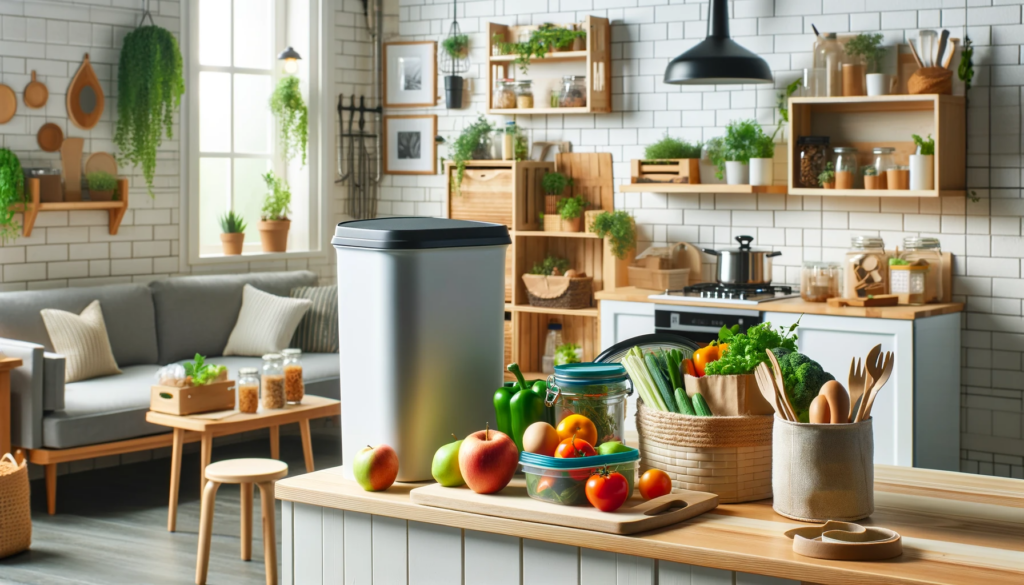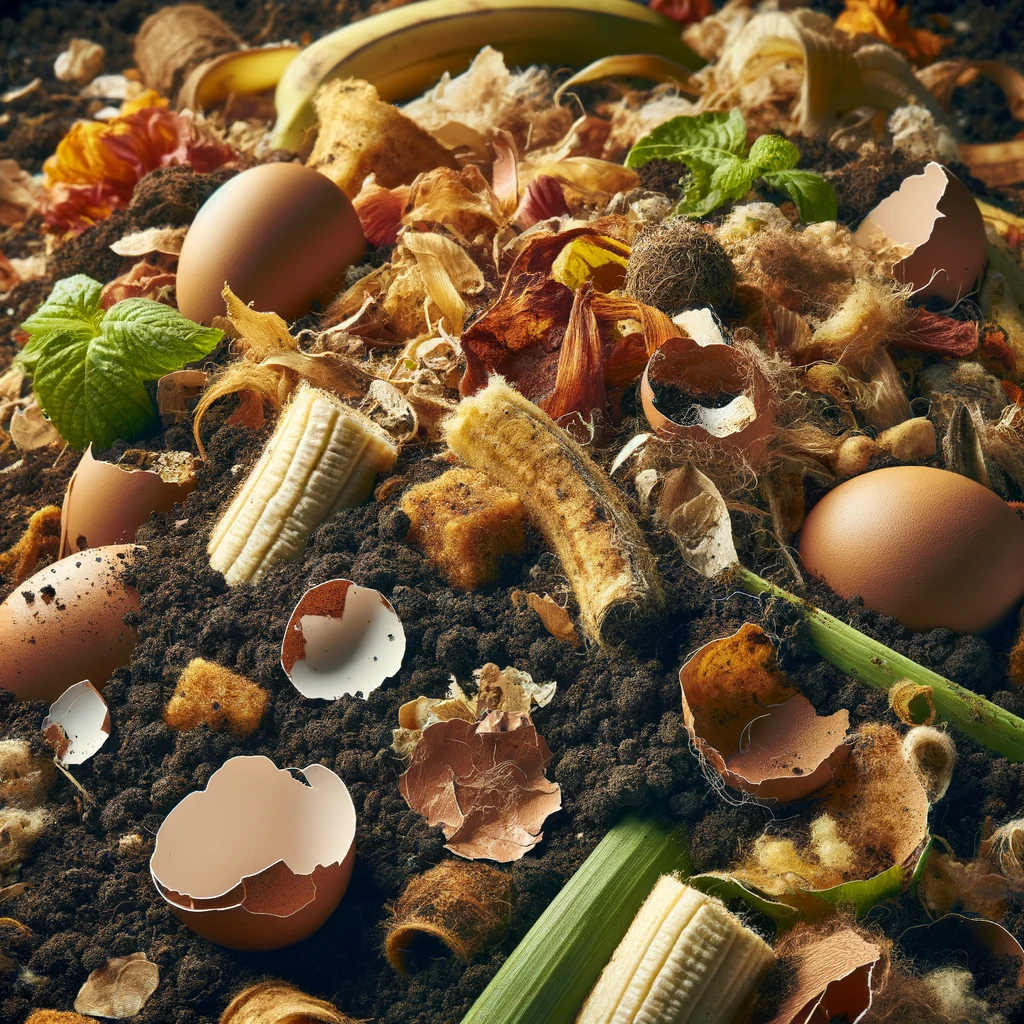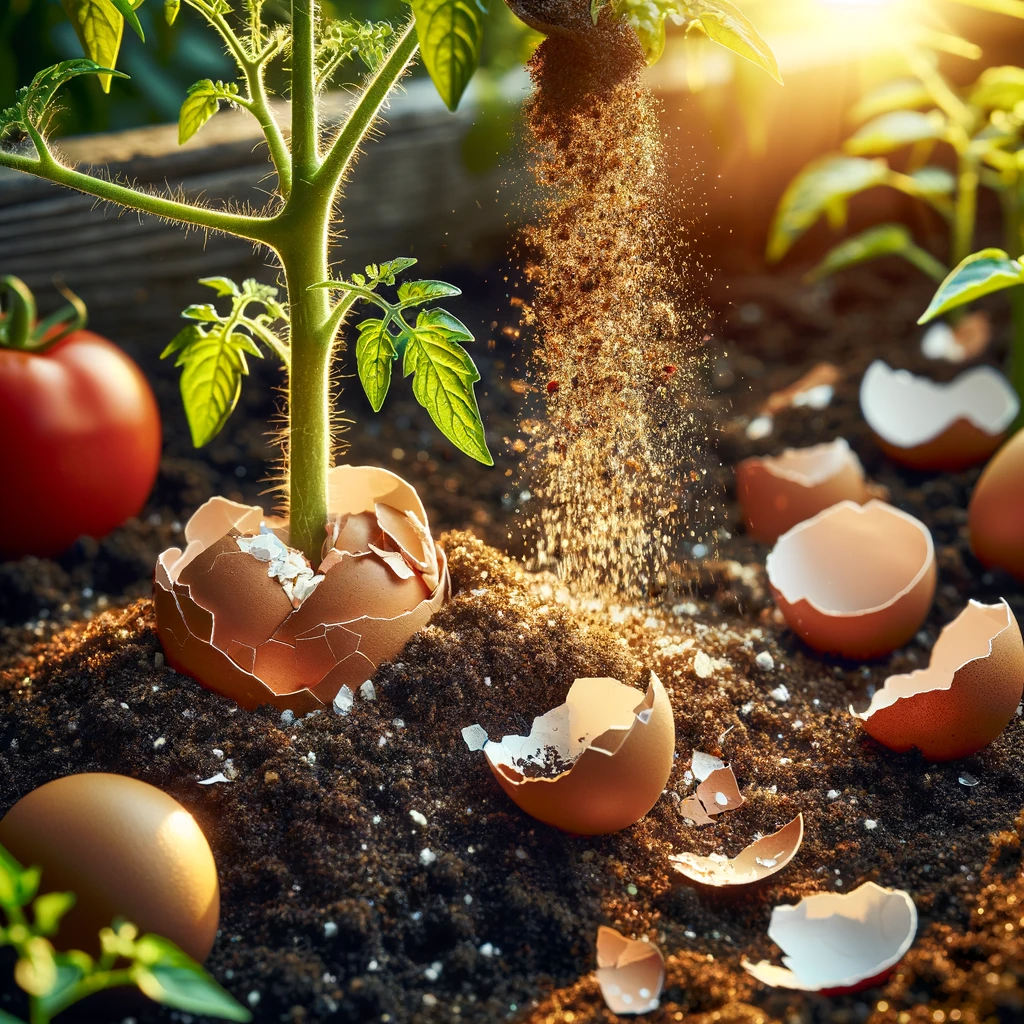Winter Composting: 28 Essential Tips to Keep Your Zero-Waste Goals Thriving in Cold Weather
In the heart of winter, maintaining a zero-waste lifestyle can be challenging, especially when it comes to composting. However, with the right techniques and knowledge, winter composting can be just as effective as in warmer months. This blog provides 28 essential tips for sustaining and enhancing your composting practices during winter, ensuring that your commitment to a zero-waste lifestyle doesn’t falter with the dropping temperatures.
1. Choose the Right Location
Find a spot that’s protected from strong winds yet receives some sunlight. A location near your home makes it convenient to add scraps, even in snowy weather. The right location can significantly ease your winter composting efforts.
2. Insulate Your Compost Bin
Wrap your bin with insulating materials like straw bales or old blankets. This helps retain the heat generated by the composting process, keeping the microbes active even in colder temperatures.
3. Balance Green and Brown Materials
Maintain a good mix of green (nitrogen-rich) materials like kitchen scraps and brown (carbon-rich) materials like dry leaves. This balance is crucial for a healthy composting process. Learn more about compost balancing from the University of Illinois Extension.
4. Smaller is Better
Chop or shred your compost materials into smaller pieces to speed up decomposition. This is especially important in winter when the composting process naturally slows down.
5. Regular Turning
Turn your compost every few weeks to add oxygen and maintain an even temperature throughout the pile. This keeps the composting process active.
6. Monitor Moisture Levels
Your compost should be moist, like a wrung-out sponge. Check and adjust moisture levels as needed, adding water if it’s too dry or dry materials if it’s too wet.
7. Use a Covered Bin
A lid or cover helps retain heat and moisture, which are essential for composting in winter.
8. Layer with Leaves
Dry leaves provide carbon balance and insulation. Save up some leaves in the fall to use throughout the winter.
9. Avoid Overloading with Kitchen Scraps
An excess of kitchen scraps can slow down the composting process in colder weather. Balance them with brown materials.
10. Pre-Compost Indoors
Start your composting indoors using a small bin before transferring it outside. This pre-composting can jump-start the process. For more details on starting composting at home, visit the Environmental Protection Agency (EPA).
11. Utilize Worm Composting
Vermicomposting can be an effective method for indoor composting during winter. It’s a great way to continue composting food scraps when outdoor composting might slow down due to cold temperatures.
12. Keep Composting Snow-Free
Brush off snow from the compost bin to prevent excessive cooling. Keeping the compost bin snow-free helps maintain a more consistent internal temperature.
13. Use Black Bins
Black bins absorb more sunlight, helping to keep the compost warm. If your compost bin is a light color, consider painting it black for this purpose.
14. Add Layers Gradually
Build your compost in layers rather than adding all at once to maintain an active decomposition process. Layering helps to balance greens and browns, aiding in effective composting.
15. Check for Temperature
Use a compost thermometer to monitor the internal temperature. Keeping the compost pile at the right temperature is crucial for effective decomposition.
16. Create a Windbreak
If possible, set up a windbreak to protect your compost from cold winds. This could be as simple as a burlap screen or a row of dense shrubs.
17. Utilize Compost Activators
Compost activators or starters can help boost microbial activity in your compost pile. They can be especially helpful in the colder months when microbial activity naturally slows down.
18. Avoid Adding Frozen Materials
Frozen materials can slow down the composting process, so thaw them indoors first. Adding frozen scraps directly can lower the temperature of the entire compost pile.
19. Keep a Balanced pH
Occasionally check the pH of your compost and adjust as necessary. A balanced pH helps ensure that the composting process is effective and that beneficial microbes are thriving.
20. Store Extra Leaves
Save extra leaves from the fall season to add as brown material throughout the winter. These leaves not only balance the green kitchen scraps but also provide insulation to the compost pile.
21. Ensure Good Drainage
Good drainage is essential to prevent waterlogging in your compost bin. Make sure your compost bin has adequate drainage to deal with any excess moisture, especially from snow melt.
22. Experiment with Hot Composting
Hot composting methods can generate more heat within the compost pile, aiding the composting process in cold weather. This involves closely monitoring and managing the balance of ingredients in your compost.
23. Cover with a Tarp
A tarp can add extra insulation and protect your compost from heavy snowfall or rain. This helps maintain the necessary warmth and moisture levels in the compost pile.
24. Monitor for Odor
An unpleasant odor might indicate an imbalance in your compost; adjust your materials accordingly. A well-balanced compost pile should have a minimal odor, even in winter.
25. Avoid Adding Meat or Dairy
These materials can attract pests, especially when the composting process slows down in winter. Stick to composting plant-based scraps to avoid this issue.
26. Consider Indoor Bokashi Composting
Bokashi composting is an anaerobic process that can be effective indoors and in colder climates. To learn more about this method, check out this comprehensive guide by the National Gardening Association.
27. Be Patient
Composting may slow down in winter, so be patient and continue to monitor your pile’s progress. Remember, composting is a natural process that takes time, especially in cooler temperatures.
28. Educate Yourself and Others
Learn more about winter composting and share your knowledge with the community to promote sustainable practices. Sharing experiences can help improve composting methods and encourage more people to compost during winter.
Conclusion
Winter composting is a testament to your commitment to a sustainable lifestyle. By following these 28 tips, you can ensure that your composting efforts are fruitful even during the colder months. Every small step counts towards a more sustainable and eco-friendly world.
Discover more about composting essentials in our guide to Home Composting. Learn how to build your own compost bin in How to Make a Compost Bin. Understand the importance of compost in sustainable living in From Scraps to Soil.







Pingback: Vegetables You Can Grow Indoors In Winter
Pingback: Can you use Banana Peels in Compost?